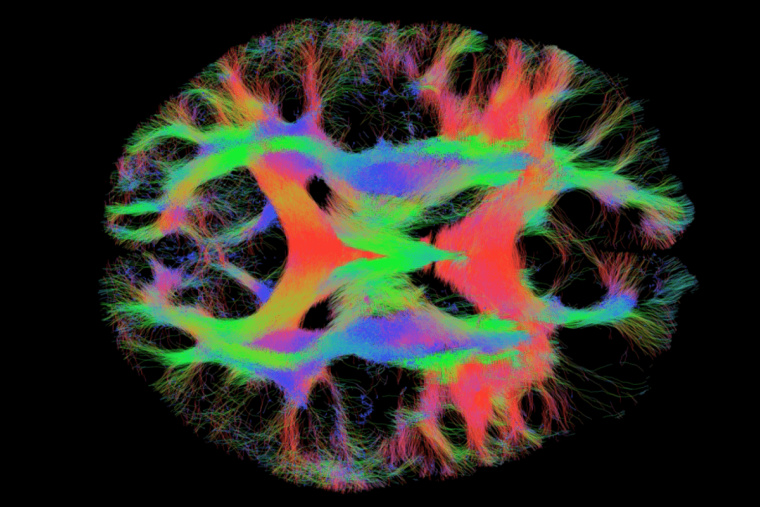The corpus callosum is the largest tract of nerve fibers in the mammalian brain, acting as a neural bridge for the two hemispheres of our brains to communicate. An estimated one to seven of every 4,000 newborns have corpus callosum dysgenesis (CCD), which is a collective term for congenital abnormalities in the corpus collosum, making it one of the most common congenital neurological malformations. Despite the prevalence of CCD, little is known about its cognitive, social and emotional consequences.
Motivated by prior work on the social difficulties experienced by those with CCD, Linda Richards, PhD, the Edison Professor of Neuroscience and head of the Department of Neuroscience at Washington University School of Medicine, and her collaborator Peter Dayan, PhD, Director of the Max Planck Institute for Biological Cybernetics, devised a study to look for differences in psychological traits such as social intelligence and gullibility between CCD and neurotypical (NT) populations. Their research, published recently in Cortex, shows that those with CCD display increased vulnerability to social persuasion and are less aware of being deceived. These results highlight the necessity of recognizing individuals with CCD as a vulnerable group in healthcare so that policies can be implemented to provide adequate social and financial support.
People with CCD have a completely absent (agenesis), partially absent (partial agenesis), thick or thin corpus callosum. Structural alterations caused by CCD can be detected via ultrasound or neuroradiological imaging starting from 20 weeks of gestation. Individuals with CCD have been reported to have a wide range of symptoms, from being minimally affected to having severe cognitive impairment. These deficits cause those with CCD to have difficulties in relationships and social situations and, frequently, individuals with CCD are also diagnosed with autism.
Historically, identifying a clear clinical phenotype for CCD has been challenging due to the highly variable cognitive and behavioral expressions and small sample sizes used in prior observational studies. “Many clinical observations noted that individuals with CCD find it difficult to identify the intentions and beliefs of others” said Joseph Barnby, PhD, a former postdoctoral fellow in the Richards lab who led the study and is now an Assistant Professor at Royal Holloway, University of London. The researchers collected data from 22 CCD participants recruited from the Australian Corpus Callosum Dysgenesis Database and 86 NT participants recruited through the online research platform Prolific Academic. They asked participants to complete online tests designed to measure their gullibility, epistemic trust (the willingness to accept information from another person as trustworthy), paranoia and relative social standing. For control measures, participants also took tests for autism, social intelligence and abstract non-verbal reasoning.
The team found that CCD participants demonstrated higher persuadability, credulity (the tendency to believe something is true) and insensitivity to social trickery after controlling for autistic traits, age, sex, education or general cognitive ability. In line with previous work from the Richards group, the team also found that as the difficulty of items increased within the abstract non-verbal reasoning task, those with CCD made more errors compared to NTs.
To explore their data further, the Richards group developed a machine learning model that can predict whether test participants belonged to the CCD or NT group with a mean accuracy of 71.7%. The model confirms that individuals with CCD are typified by exaggerations in persuadability, credulity and insensitivity to social trickery. The authors say they hope this work can serve as a foundation for developing a more robust model to predict the experiences of those living with CCD and to better understand the role of the corpus callosum in making social inferences.
